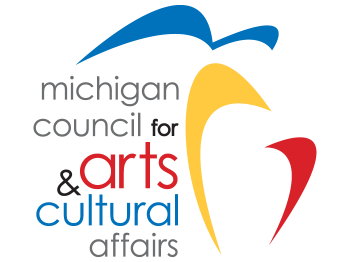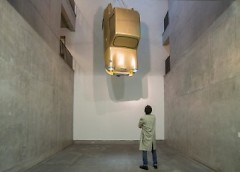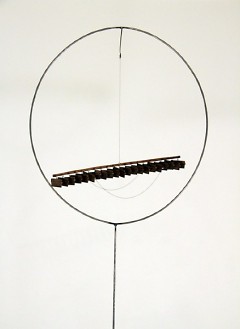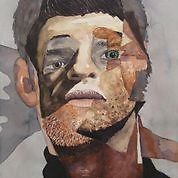As a part of DisArt, the Urban Institue of Contemporary Arts (UICA) is organizing an exhibit called "Art of the Lived Experiment." Originally a part of DadaFest in Liverpool, England and curated by Aaron Williamson, the American version of the exhibit was curated by Amanda Cachia. Much of the original exhibit has come over to this new American exhibit, Seven North American artists have also been added, some commissioned just for this show.
"'Art of the Lived Experiment speaks to how 'living as a Disabled person can be an art. It speaks to transmutation, the constant adaption needed to live in an able environment, and how this becomes an art form for them," says Miranda Krajniak, executive director of the UICA.
The exhibit begins with an "Ignition Room" which will feature several relics of how people have dealt with disabilities in the past, and the methods they used to integrate into the world, to give historical context to the show.
One installation, "Gold Lamé" by Tony Heaton, is what was called a car for invalids, dating from 1960's and 1970's in the United Kingdom. Krajniak explains that instead of integrating disabled people into the transportation systems, separate smaller cars were made for disabled people. They were quite dangerous, and many people were injured because of this approach to putting disabled people outside the public sphere. Heaton has taken one of these cars and painted it gold, and lit it up like a light, "turning a divisive moment in disability history into lovely object of desire." says Krajniak.
This exhibit will feature the work of Disabled artists, some of the art directly exploring what it means to live with a disability. For example, Katherine Sherwood's disability is a major part of her work. She used brain imagery in her artwork for years, and then after a massive stroke and needing to change dominant hands, she changed he style of painting while still exploring the brain and nervous system.
"Others don't mention it at all," Krajniak notes. "We respect artists whether they opt in or out of talking about their disability."
Krajniak is particularly excited about all the performace art that will be taking place during the festival.
"Grand Rapids needs more performance art," she says. "And UICA wants to go back to some of our roots in the early and mid 2000's. Not much has moved into the new building and the local arts community has asked to see more of it."
She recognizes that many of the performance pieces during DisArt may be a challenge for some people.
"The uncomfortable nature of dealing with a body that does not conform to cultural norms will naturally flow into the performance work," she says. "I'm quite excited about it. It's top-notch performance art, a cream of the crop international show."
Construction workers are currently on the corner of Fulton and Division, right in front of the UICA, remodeling that corner just in time for the show, making it more accessible to disabled people, including an auditory warning for when it's safe to cross the road.
"If we're going to be a green and clean city, we should also be an accessible city," Krajniak says.
She notes that DadaFest, which has been going on for 30 years, has completely changed Liverpool, so that all the taxis in that city are handicap accessible, as well as the bathrooms in all restaurants.
"Being accessible becomes good for the disabled and the city both," says Krajniak, "because it becomes a destination spot."
The artists' work will be displayed at the UICA, the Fed Gallery at Kendal College of Art and Design (KCAD) and the Grand Rapids Art Museum (GRAM) from April 10-July 31.
The Rapidian, a program of the 501(c)3 nonprofit Community Media Center, relies on the community’s support to help cover the cost of training reporters and publishing content.
We need your help.
If each of our readers and content creators who values this community platform help support its creation and maintenance, The Rapidian can continue to educate and facilitate a conversation around issues for years to come.
Please support The Rapidian and make a contribution today.



